We always like to see innovations in waterproof jackets and outdoor gear that take sustainability seriously. One of the major problems with the outdoor industry is that its industriousness is ruining the outdoors.
Some outdoor brands are trying to do their bit by making their products recycled and recyclable; increasing their toughness and durability; introducing or expanding repair services; using more sustainable materials; and being more transparent about supply chains.
Over the years, we’ve found the Icelandic brand 66°North has had three of those things covered. Its gear has typically been well made and long lasting. The brand also has a very good repair service, and it’s also a certified B Corp, which means it adheres to high standards around responsible business practices.
It hasn’t always used the most sustainable fabrics, however, having not always used recycled and PFC-free options. But that might be set to change with the Snaefell jacket. It’s made from a high-performing PFC-free material from Polartec called Power Shield Pro.
 LFTO
LFTOwww.66north.com
Pros
- Much softer, more flexy fabric than most waterproof jackets
- Still very waterproof and breathable
- Men's and women's versions available in cool colours
- Sustainable
- Very versatile
Cons
- Missing some features that are needed for mountaineering
| Weight | 460g |
| Fabric | 3-layer (53% nylon, 47% polyester) w/ PFC-free and 48% plant-based Polartec Power Shield Pro (20,000mm HH) |
| Men's sizes | S - 3XL |
| Women's sizes | XS - 2XL |
Design and features
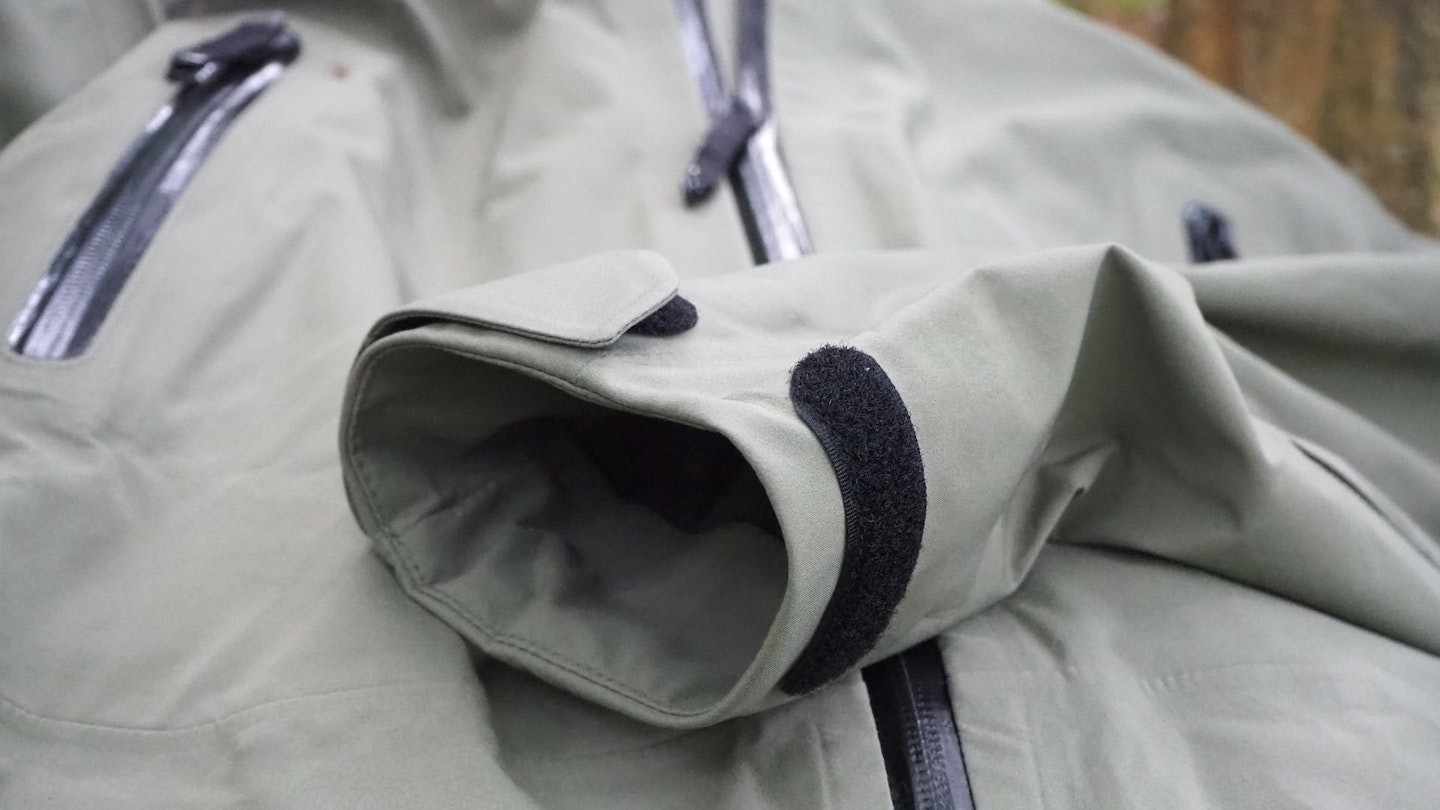
We’re going to cover the shape and style of the jacket quickly because the membrane is the really crucial part of the Snaefell jacket.
66°North calls the Snaefell its ‘most versatile shell jacket’. It’s an interesting claim, given that most brands tend to champion a jacket as something like top-performing, bombproof, or very affordable. The Snaefell is somewhat of a crossover between a highly technical waterproof jacket and a more everyday use-type design.
So, it features things like Velcro cuffs and articulated sleeves, side pockets positioned high up to prevent blockage from a backpack hip belt, fully adjustable hood, and two-way zip. But on the other hand, the hem and sleeves are quite short, there is no wire-peaked hood, and the main zip only extends as far as the chin.
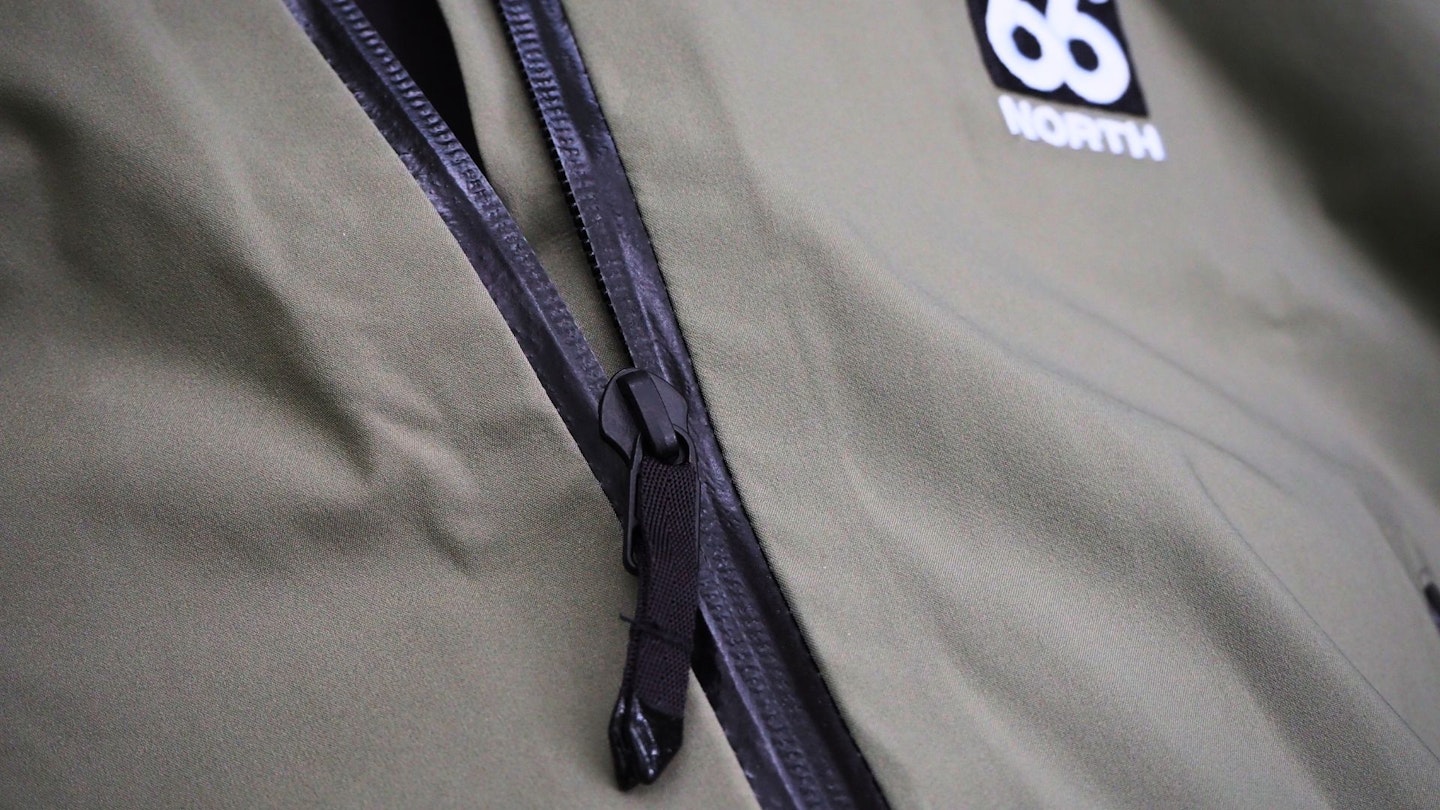
The fabrics are still nylon and polyester but they're much softer, flexible and stretchy than the fabrics normally seen on waterproof jackets.
We’ll get on to how all that works practice in the 'Performance and comfort' section but first I want to explain Polartec Power Shield Pro.
How Polartec Power Shield Pro works
For decades – essentially since Gore-Tex was invented back in 1969 – almost all waterproof jackets have used the same approach: a PFC-based membrane integrated into a 2, 2.5, or 3-layer construction using synthetic fabrics.
It works but not flawlessly. It has to be cleaned semi frequently and have a water repellent treatment reapplied in order to maintain its performance. Then there’s the sustainability side. We’ve come to realise that the qualities we admire in PFC/PFAS chemicals (water, oil, and heat resistance) are also quite harmful. They bioaccumulate and don’t break down in the environment. As a result, they’re everywhere.
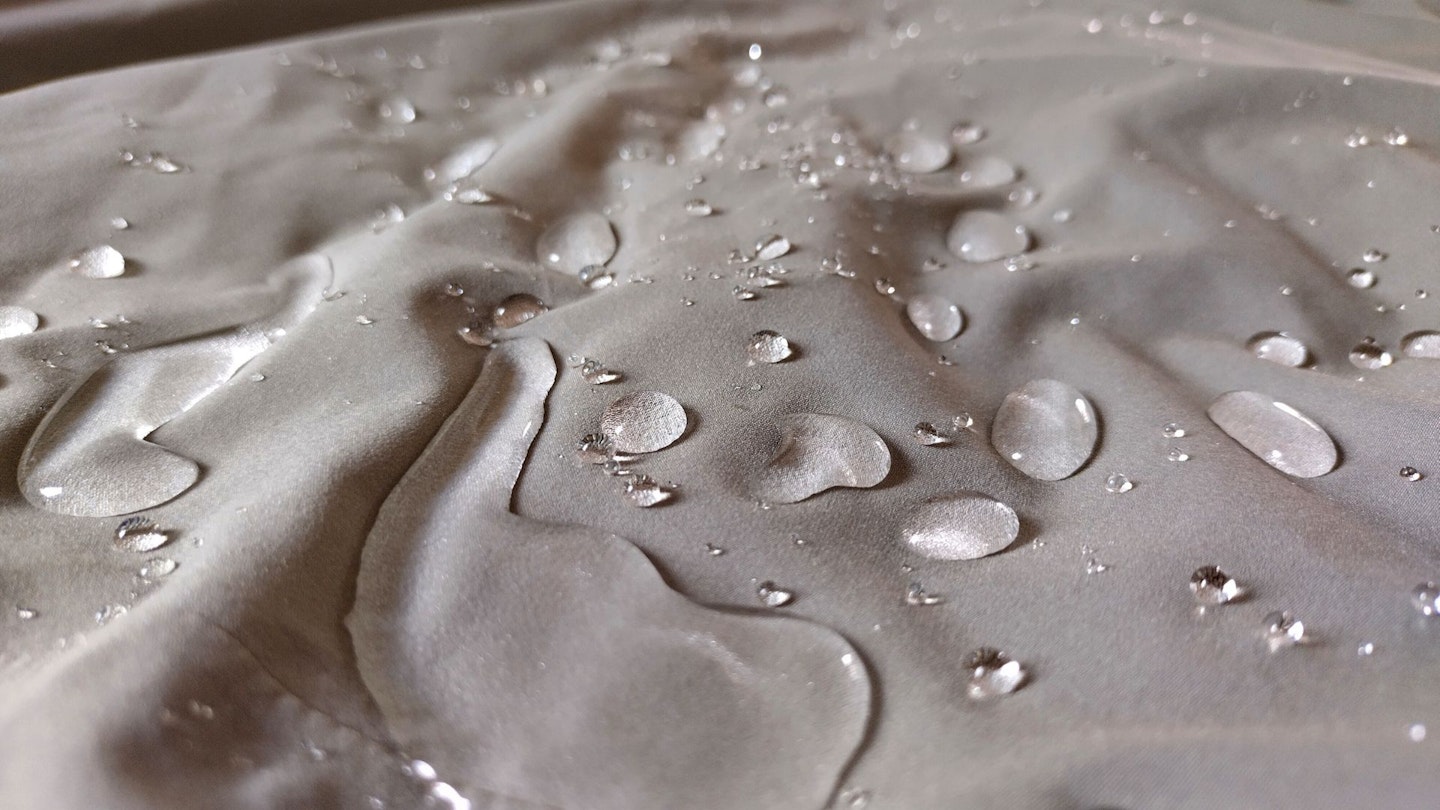
Happily, strides are being made to stop using PFCs in outdoor gear. Polartec Power Shield Pro is one such innovation. It’s a PFC-free, bio-based waterproof technology that, Polartec says, is also highly breathable and durable.
A ‘regular’ waterproof membrane on a jacket has micropores to allow moisture vapour (your sweat) to escape, while blocking liquid water droplets (rain). It’s breathable but quite limited and sweat clogs the pores over time – that's why we get hot and sweaty when wearing waterproof jackets.
Polartec Power Shield Pro is different. Instead of micropores, the fabric lets vapour escape through diffusion (the movement of molecules from their thermal energy). The idea is that with this approach, the fabric is both highly breathable and never loses that breathability like a porous membrane does.
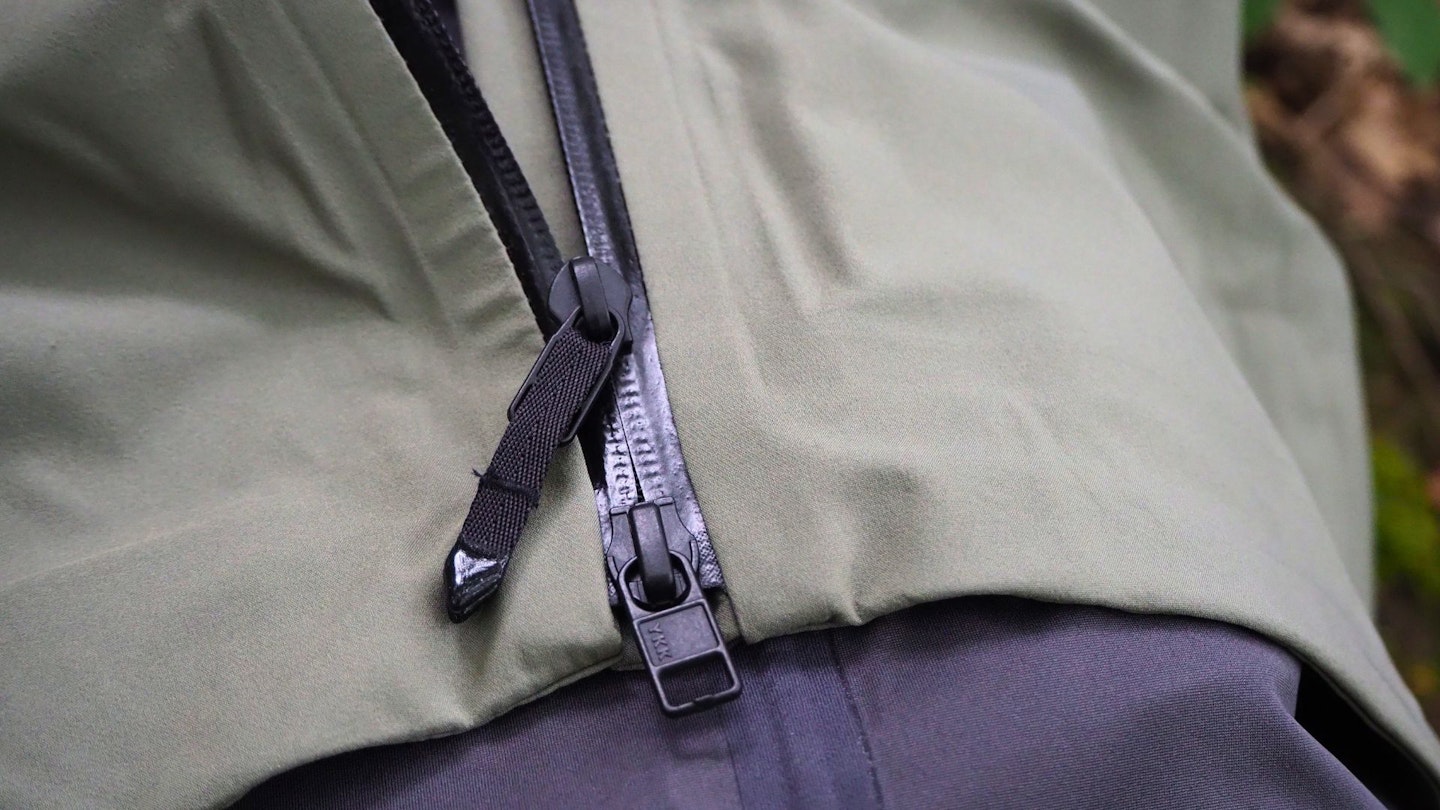
Polartec Power Shield Pro still uses a 3-layer construction like many high-end waterproofs, but both the membrane and water repellent treatment on the outer fabric are PFC-free. The membrane is 48% plant-based, ‘made from non-food source, non-GMO, renewably and sustainably farmed bio-materials.’
The resulting headline stats are as follows: 20,000mm HH waterproof rating and 20,000 g/m2/24h breathability.
Performance and comfort

So how does all this come together? What’s most obvious about the Snaefell jacket is that it doesn’t feel like a hardshell waterproof. The fabric is softer, more velvety, and more stretchy. The fit is relaxed without being boxy. So, it looks good while still being able to layer underneath it. As far as fit and comfort are concerned, we found it’s hard to do better.
That said, we think the short hem creates a bit of a dilemma. It makes the jacket look better and helps freedom of movement, but it also means less coverage and if you’re wearing a longer insulating layer underneath, it can show, which can look a bit silly.
We liked the pocket arrangement on the Snaefell. The two external side pockets are large enough to fit an OS map, plus there is an internal chest pocket big enough for a phone and one on the left sleeve for ski passes and the like.
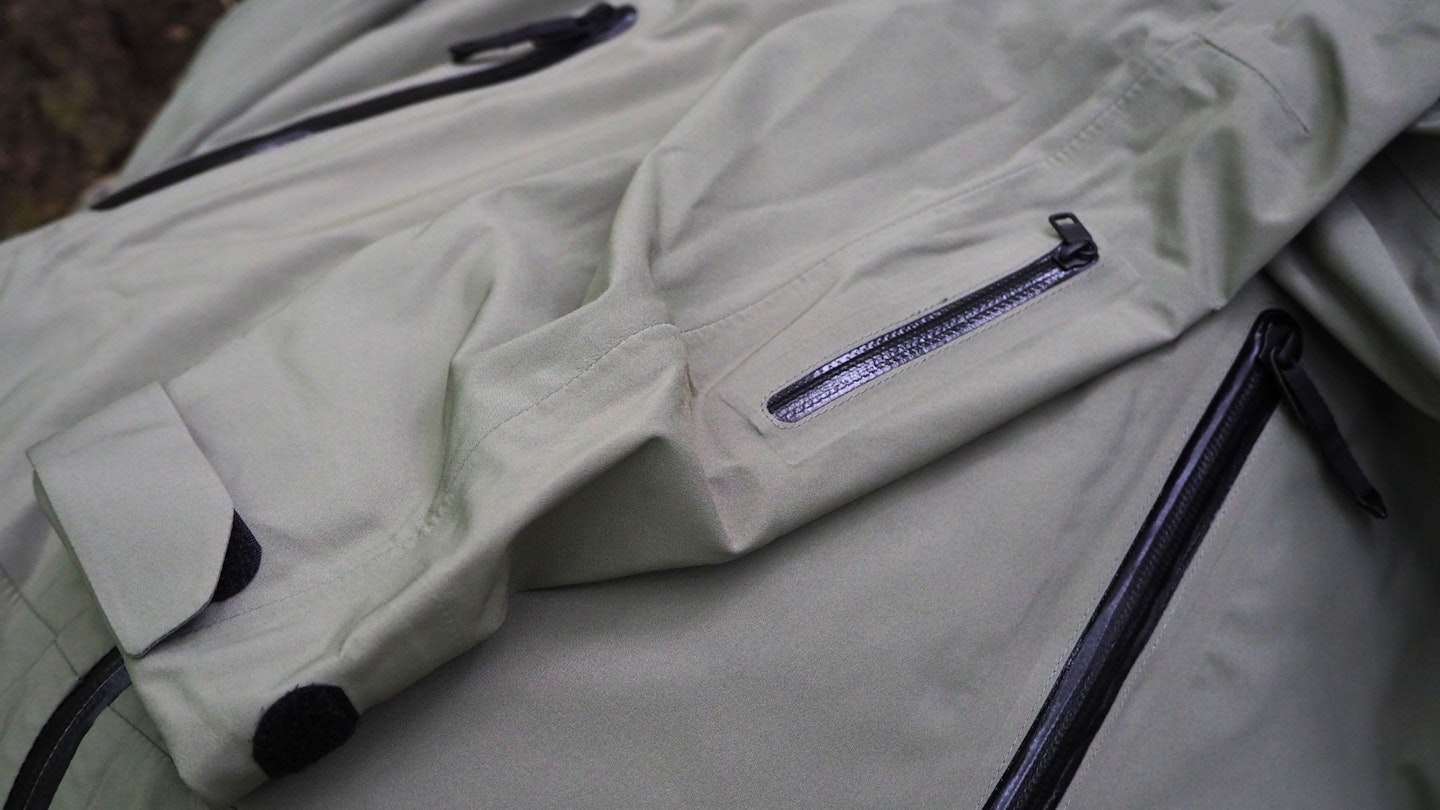
It stashes away well in a pack too, thanks to its inherently flexible fabric and reasonably low weight.
And as for those missing high-spec features? We used the Snaefell jacket in a range of conditions, including mountain hikes in the northwest Scottish Highlands and didn’t ever need a wire-peaked hood for example but it does prevent the Snaefell from being a proper mountaineering jacket.
But while the cut and features aren’t on par with similarly priced alpine jackets, the Snaefell’s waterproofing and breathability certainly are. It’s deceptive because we’re used to waterproof jackets being crinkly and stiff, so we were surprised when the soft and flexible Snaefell fended off heavy rain with ease. A big thumbs up for breathability too – that Polartec Power Shield Pro truly works, better than Gore-Tex breathability we think.
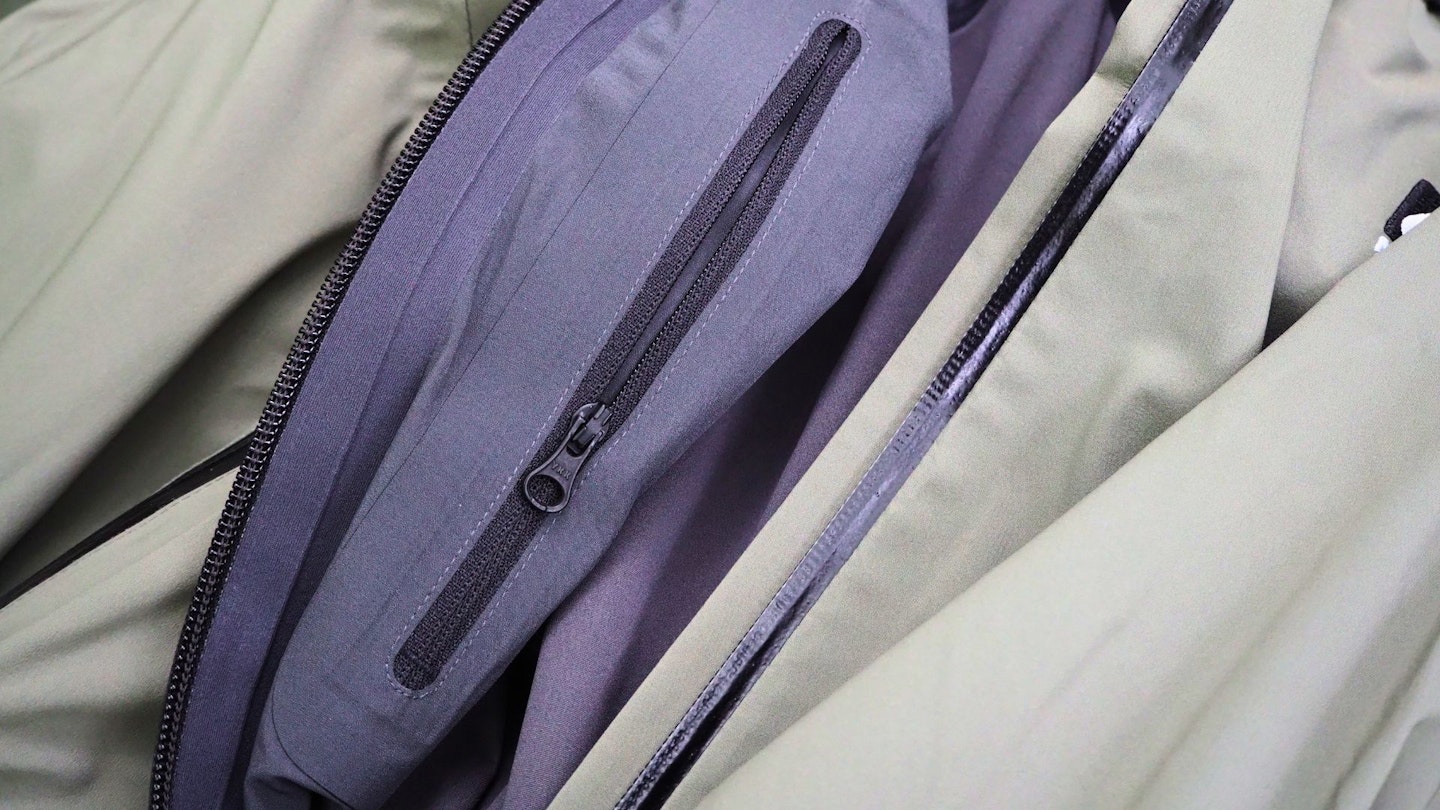
Is this a durable jacket? For the price you’d hope so, and happily it is. As an all-purpose waterproof jacket for hiking and everyday use it stands up well, but the knowledge that 66°North has a repair service provides significant peace of mind.
Sustainability
Although the price of the Snaefell is very high, you do at least get good eco credentials in addition to performance.
As is evident by now, the Snaefell uses a durable PFC-free waterproofing system. But as a brand, 66°North is better than most regarding sustainability.
Repairs aren’t just an afterthought for 66°North, its repair service is a big part of the business, so all its products (no matter how old) can be kept in use for a long time.
66°North has also been independently audited and certified to meet B Corp standards. This means the brand demonstrates high social and environmental performance, and exhibits transparency.
Price and competition
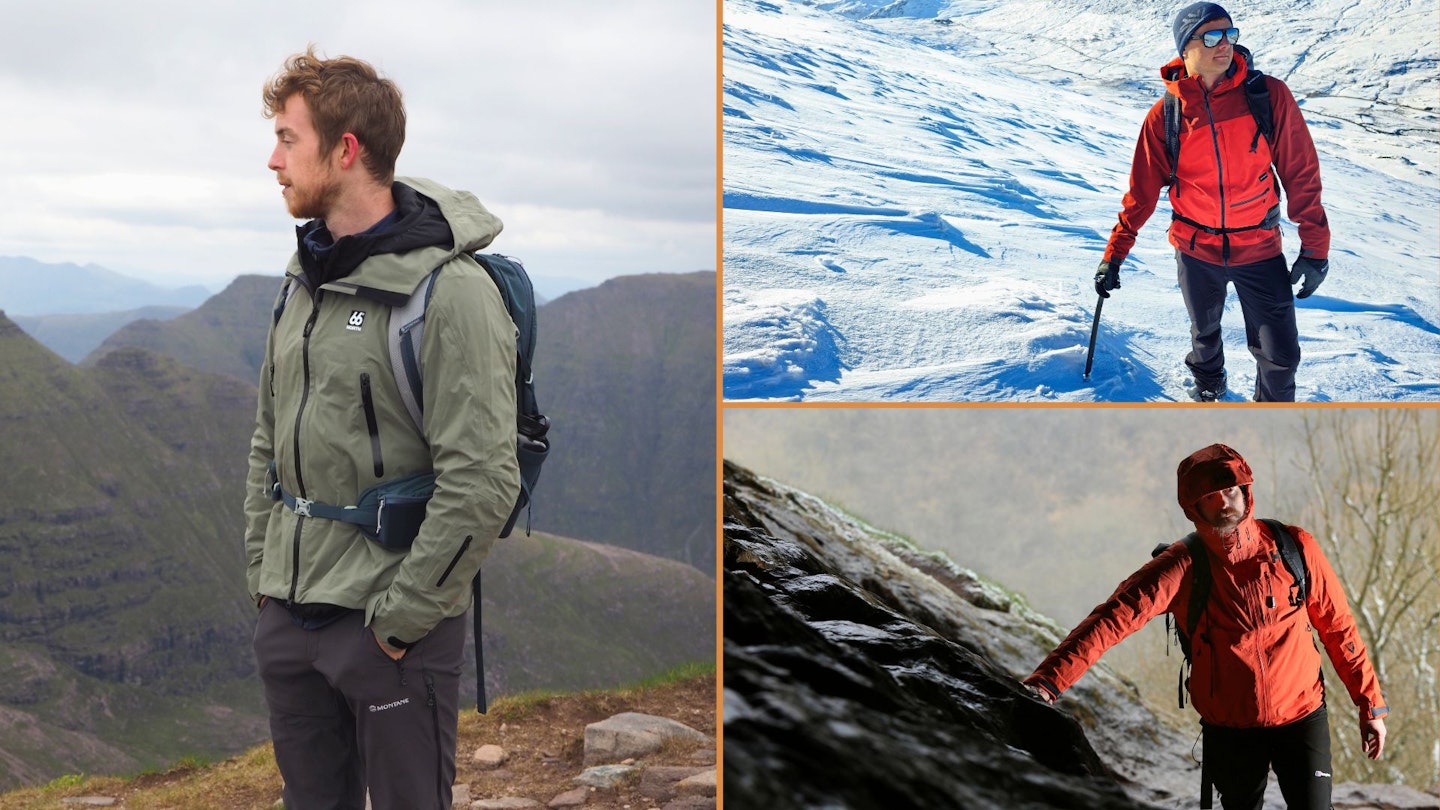
If you’re interested in the Snaefell jacket, it’s unlikely you’ll want to consider other options that drop sustainability down the priority list. And at £435, the Snaefell is would probably be one of the most expensive pieces of clothing you’d ever buy, so it’d be wise to check out any competitors.
One rival is a hardshell from American outdoor clothing brand Artilect. Its Formation 3L Jacket (pictured above, top right) has an equally impressive and innovative waterproof technology called EMPEL that offers even higher waterproof and breathability ratings than Polartec Power Shield Pro, while also managing to be PFC-free and not ever requiring ‘reproofing’. It’s arguably a better waterproof jacket but is even more expensive at £550.
For a similar price to the Snaefell you can also consider the Helly Hansen Odin 1 World Infinity Shell Jacket (pictured above, bottom right). A former Gear of the Year winner of ours, this is a true mountaineering jacket that uses Helly Hansen’s clever PFC-free Lifa Infinity technology.
Paramo is another brand to consider. Its Enduro (£525) and Alta III (£340) jackets are very comfy indeed and use yet another unique approach to waterproofing. They’re also very sustainable and high-performance outer layers.
Verdict

We think versatile perfectly sums up this jacket. The Snaefell can be used for everything (everyday, hiking, skiing) and does better than most in that regard because it’s supremely comfortable, highly breathable, tough, and looks good.
We think Polartec Power Shield Pro is an excellent innoavtion too, and yet another working example that being more sustainable doesn't mean a drop in performance.
But, for those wanting a hardcore mountain hardshell, there are more appropriately featured options that also focus on innovation and sustainability.
How we tested
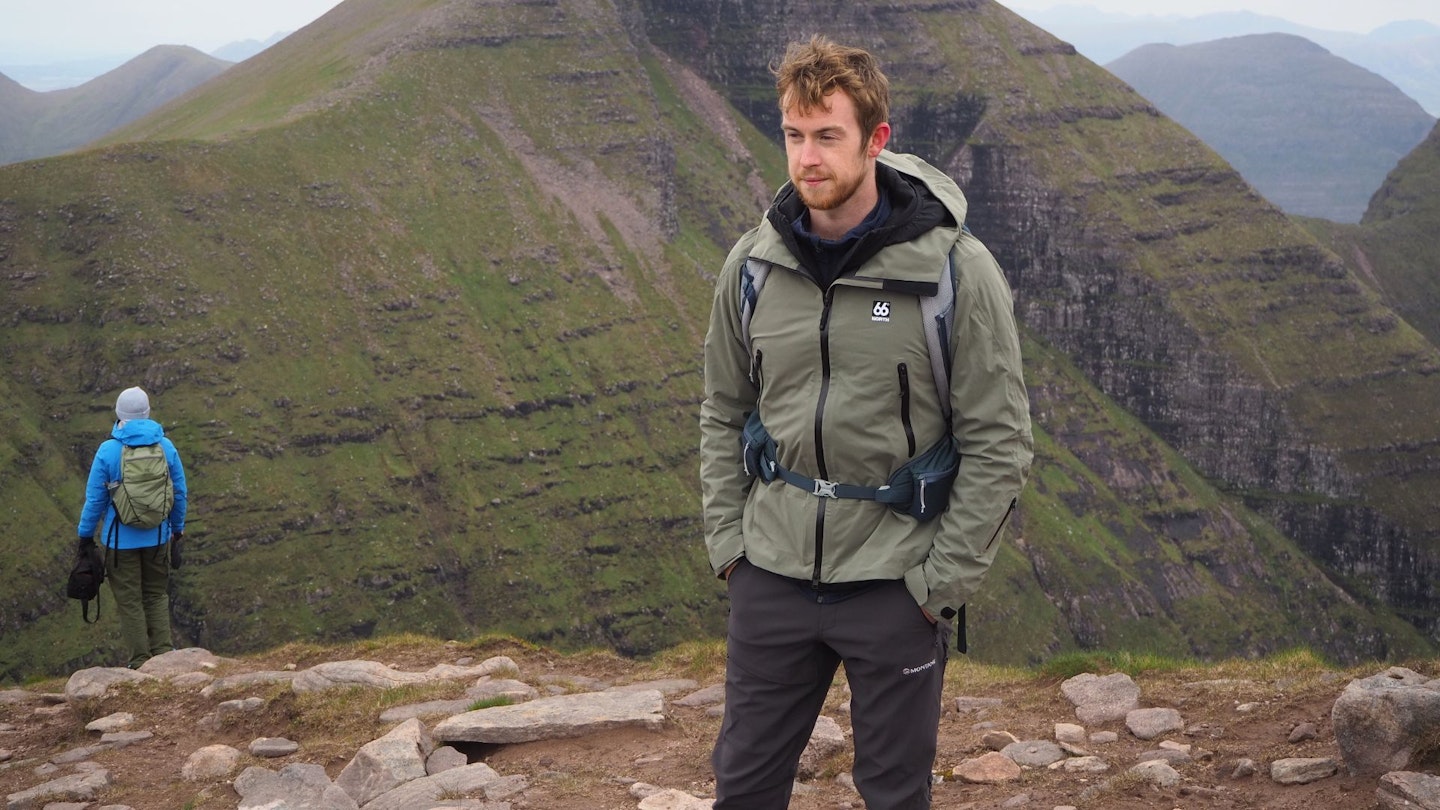
The 66°North Snaefell jacket was tested by our Senior Writer and resident sustainability expert, Chris Williams. Chris tested the Snaefell jacket over several weeks in all sorts of conditions from everyday use through to mountains hikes in Scotland.
Chris has been testing gear on LFTO since 2021, and is a true gear geek who is particularly keen on sustainablility innovations within the outdoor industry as it grapples with the significant challenges of climate change and pollution.
